How to style and display accessories in your home, according to design experts
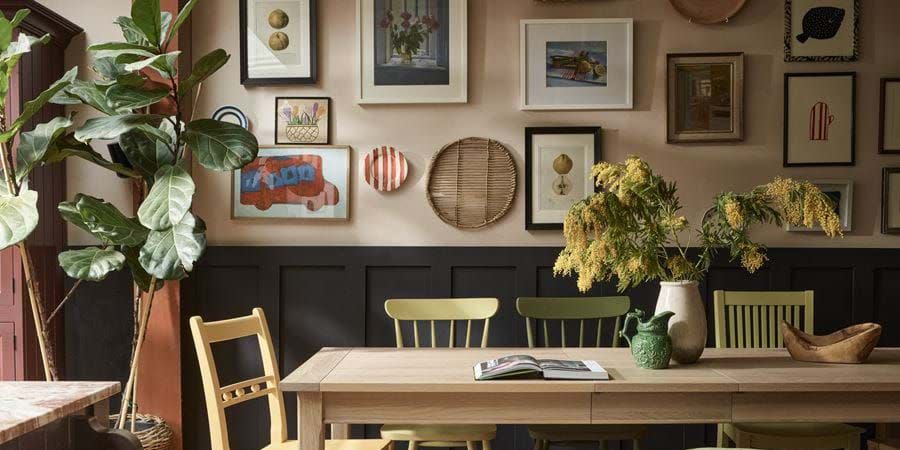
The accessories that populate a room are so rarely planned into a design scheme from the beginning, but rather they become the finishing touches that bring personality, colour and texture into a home. These accessories are often collected over many years, and can include pieces that hold a great deal of personal meaning, so how you display them is important.
Beyond an attractive assortment on a windowsill or bookcase, there are clever ways to style and display your accessories that can make better use of your space, fill unused corners, and create pockets in the home that celebrate the pieces that you treasure most.
Below, five design experts share their favourite ways to style and display accessories in the home...
Use open shelving in the kitchen
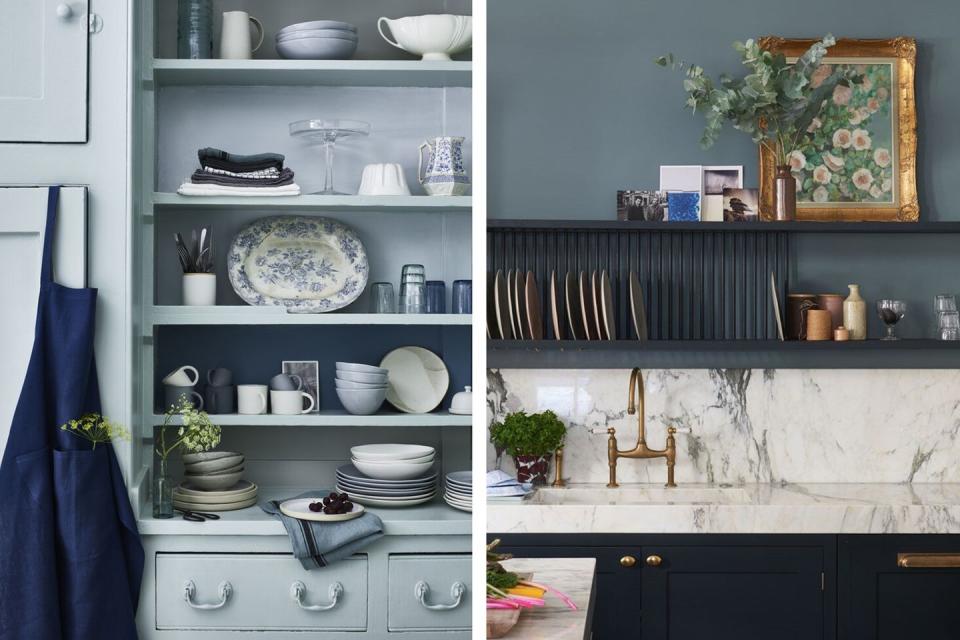
Clever storage solutions will never lose favour in a kitchen, but open shelving is increasingly used to introduce a touch of informality to an otherwise functional space.
"Open shelving encourages a tidy space because items are on show," says Tom Howley, owner of the eponymous kitchen company. "It’s a great opportunity to display treasured pottery or copperware instead of hiding them away behind closed doors. Arrange glass jars containing dried goods or exotic spices in size order on an open shelf for a practically stylish pinch of colour. Open shelving helps light flow through and can make a kitchen look bigger. It’s a great kitchen storage alternative if space is at a premium as shelves make smaller spaces feel less cramped."
We love the effect here of matching the tones and shades of your accessories to the colour of the units.
Use hooks
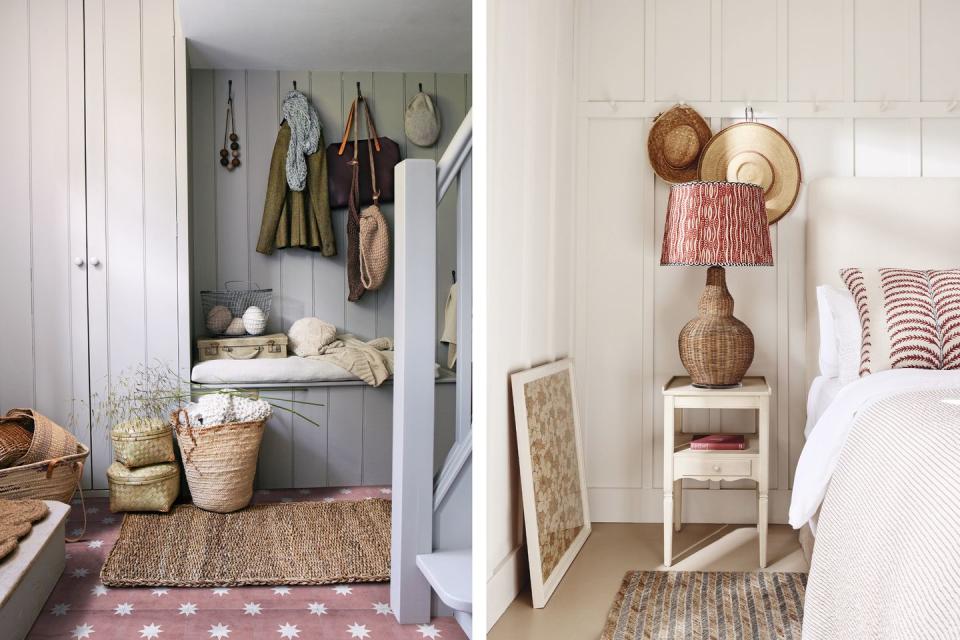
A common choice in a utility room to hang coats and leads, but don't overlook them in more informal spaces like a bedroom or living room – hooks can be used in both a functional and decorative way.
They're a great option if you have wall panelling – it's easier to install hooks into wood than into walls – and as you can see here, hooks can even be mounted at eye level or below without looking out of place. Take some design cues from this fabulous bedroom, and hang decorative objects next to your bed to add height without taking up space on your bedside table.
Fill awkward spaces
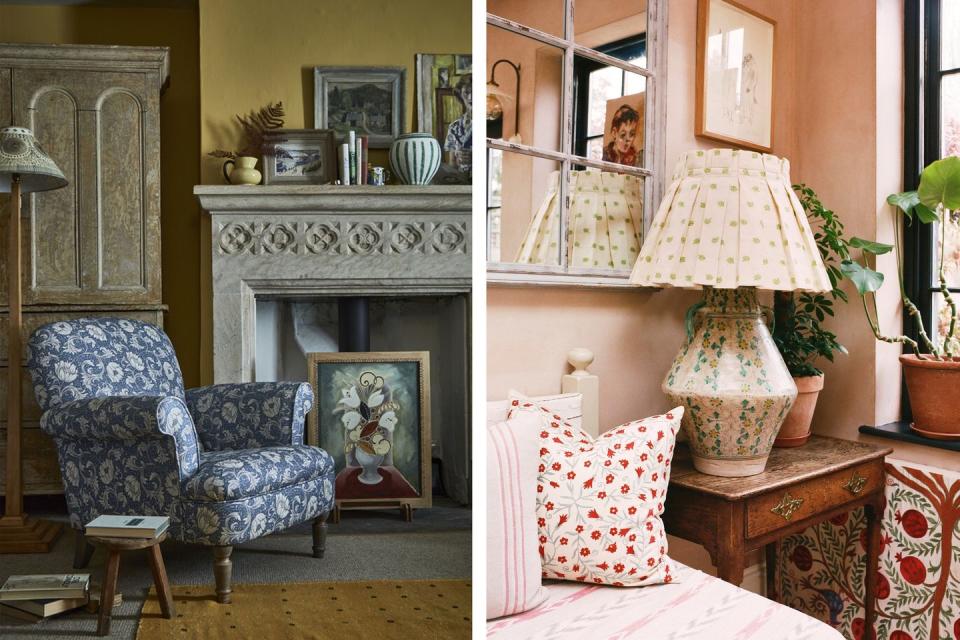
If you have corners or recesses in your home that can't be used for anything functional, then don't let the space go to waste – it's the perfect opportunity to display accessories. We love the addition of art in the unused fireplace here.
“Instead of viewing a room nook as an awkward space, you should look at it as a golden opportunity to display some of your most impressive and sentimental possessions," says Sam Hood, co-founder and chief creative officer at AMARA. “Fitting the space with wall mounted shelving, or a bookshelf if you have more space, gives you the perfect place to curate your own luxurious display to showcase your favourite ornaments and accessories, keepsakes or sentimental photos. These can be paired with houseplants to create a natural looking, living display.
What’s more, these spaces also offer a great opportunity to introduce more light into a room with a discreetly placed table lamp, candle or standing light. You can amplify this effect by adding a small mirror to reflect the light around the room.”
Try a gallery wall
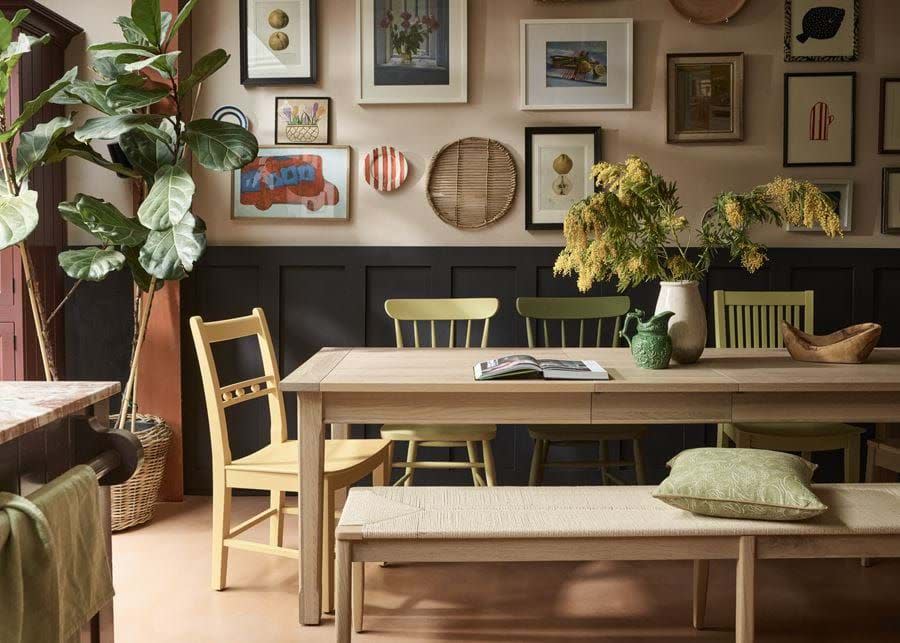
Gallery walls are a great display solution if you don't have depth available to mount shelves or install bookcases. It is generally advisable to take your time in creating a gallery wall – it's a big statement that will take up a lot of space, so you don't want to tire of the art or accessories you hang.
"Taking time to invest in pieces you genuinely like, that also fit your space will make a huge difference to the overall look and feel of any room, and help to craft something that feels authentic and meaningful," says Sam Greig, Senior Designer at Swoon. "Don't rush this process or put pressure on yourself to have all your art within six months. Building your collection is all part of the fun.”
Don't confine your gallery wall to just art however, consider adding texture with a tapestry, and varying your shapes by hanging decorative plates and round mirrors.
"I love the idea of creating a gallery wall of different shaped mirrors - mixing antiques, charity shop finds, and new purchases to create an amalgamation of reflective art," says Sam Baldry, Head of Design at Swoon.
Coffee table styling
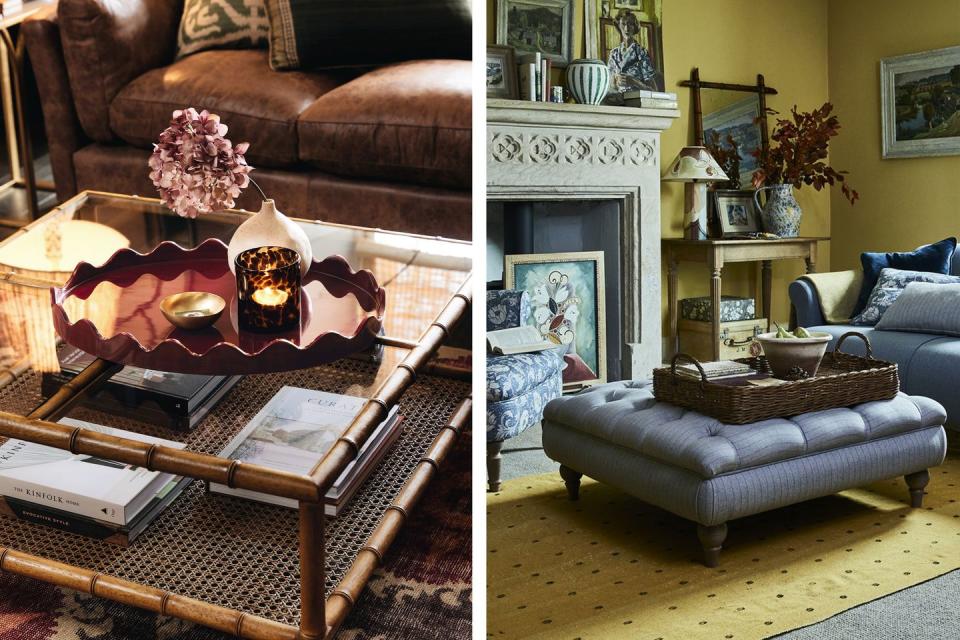
Whilst a coffee table is the perfect opportunity to display your treasures, it's generally a good idea to keep your accessories contained – use a tray to hold everything together, that can be moved in a pinch. It's especially useful if you use a footstool to double up as a coffee table, like the one shown here.
Aside from the practical, there are a few hard and fast rules to follow when styling a coffee table. Camilla Clarke, Creative Director at Albion Nord shares her top four tricks:
Play with scale, display larger items like big coffee table books, backgammon boards with smaller bowls or books.
Avoid lots of small items that can make a coffee table look cluttered.
However beautiful the arrangement, practicality is very important, make sure there is enough space to put everyday things down like a cup of coffee, reading book or to put your feet up on.
Make sure it feels relaxed and useable rather than staged or untouchable, include pieces that you use and love.
Create a backdrop
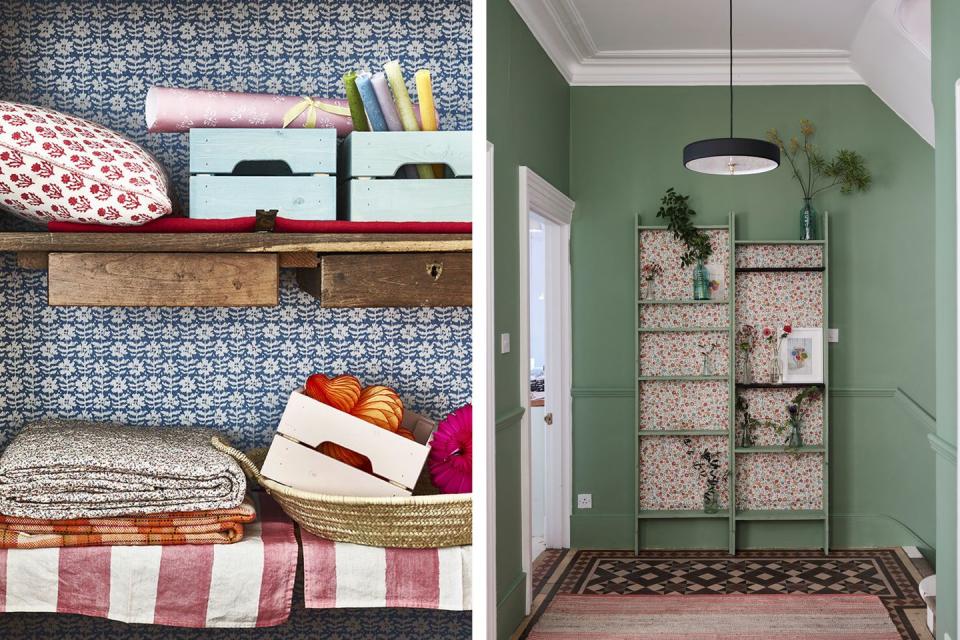
This is a clever technique that can transform any cabinet or shelving unit. Use wallpaper as a backdrop for your accessories – you can apply it as you would on a wall, a wood base should be a little easier to manage, just make sure to sand anything antique that might have large grains or knots.
You don't necessarily have to use a design or colour that matches your choice of accessories, and in fact the the contrast is usually a nice one. If you go for a wallpaper that is densely patterned, remember that small or fiddly accessories might not stand out – display your largest statement pieces here instead.
You Might Also Like


